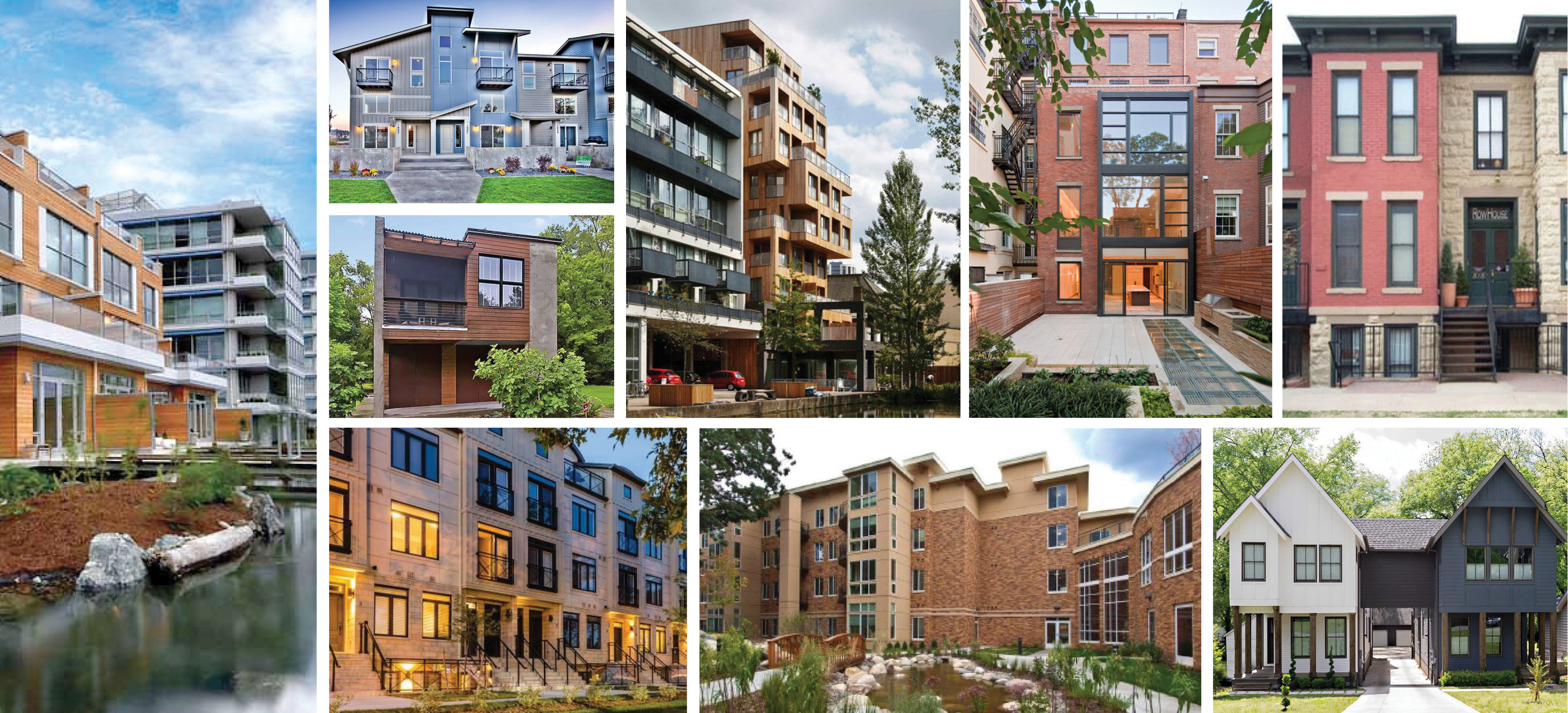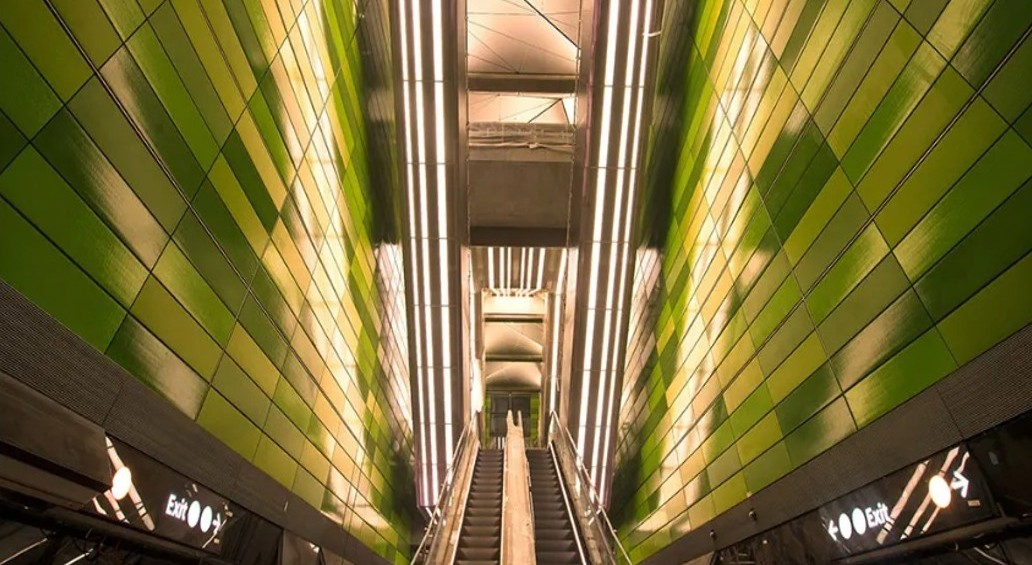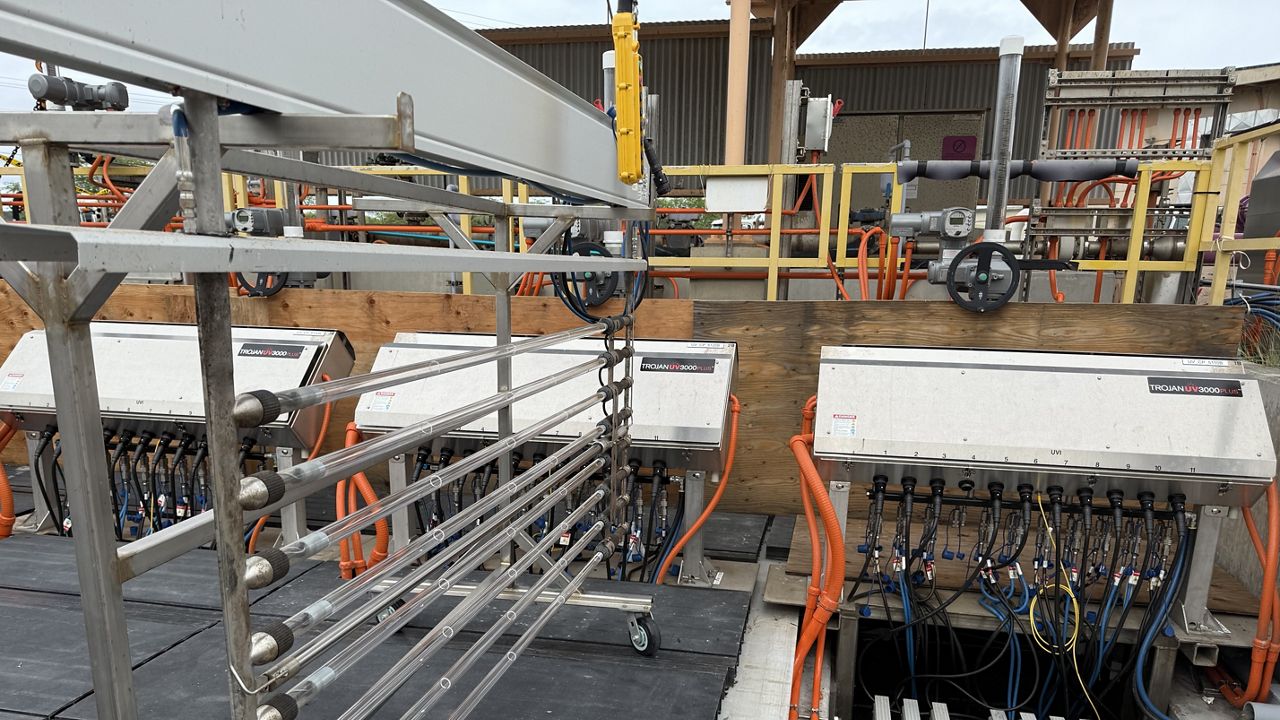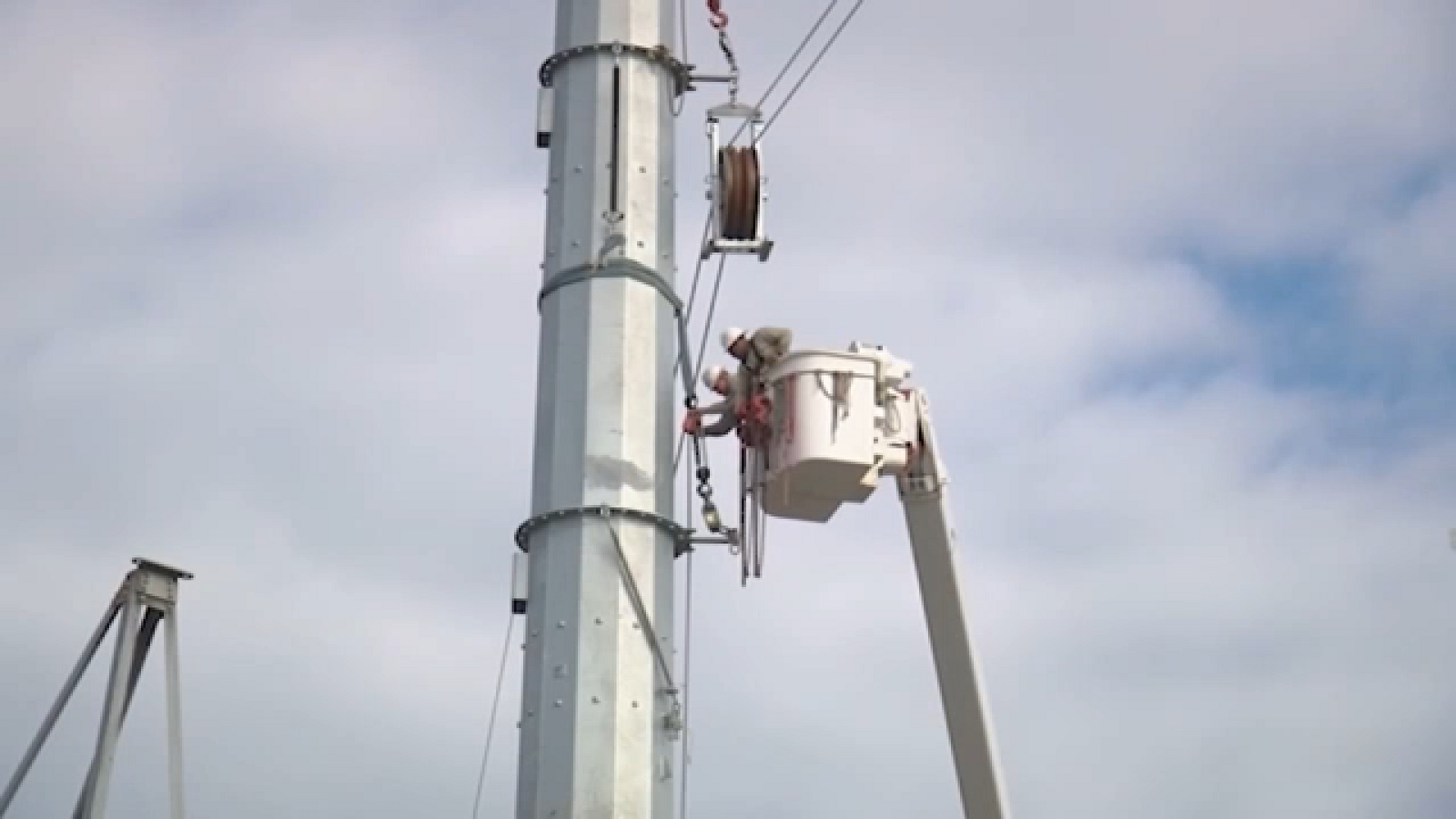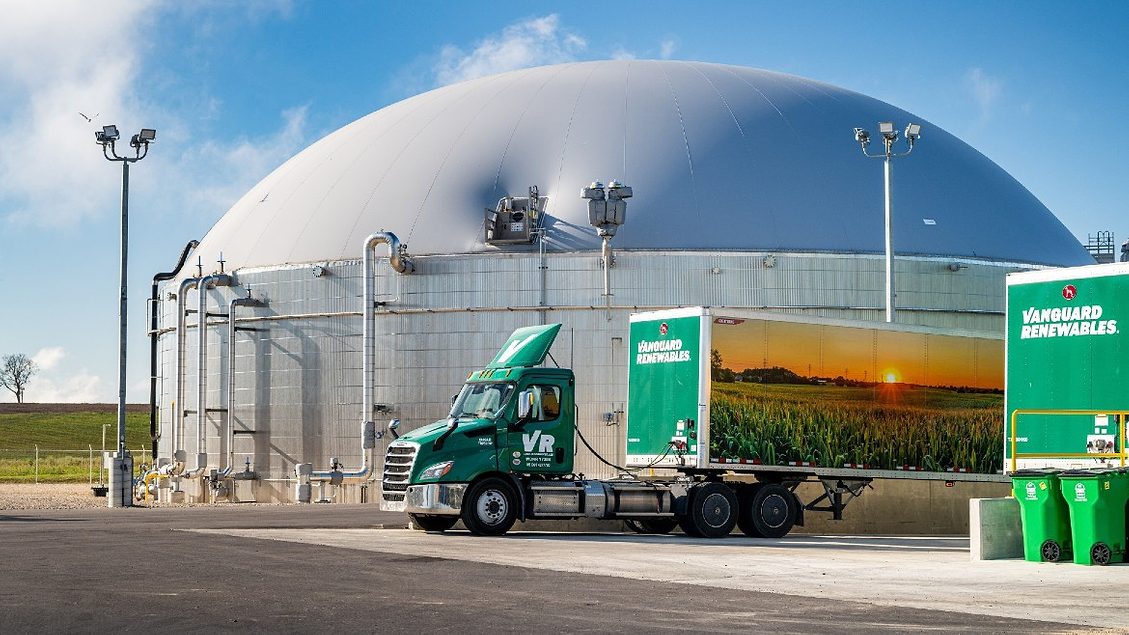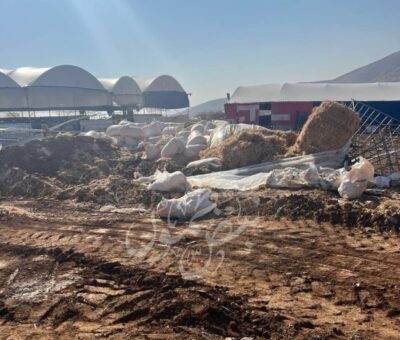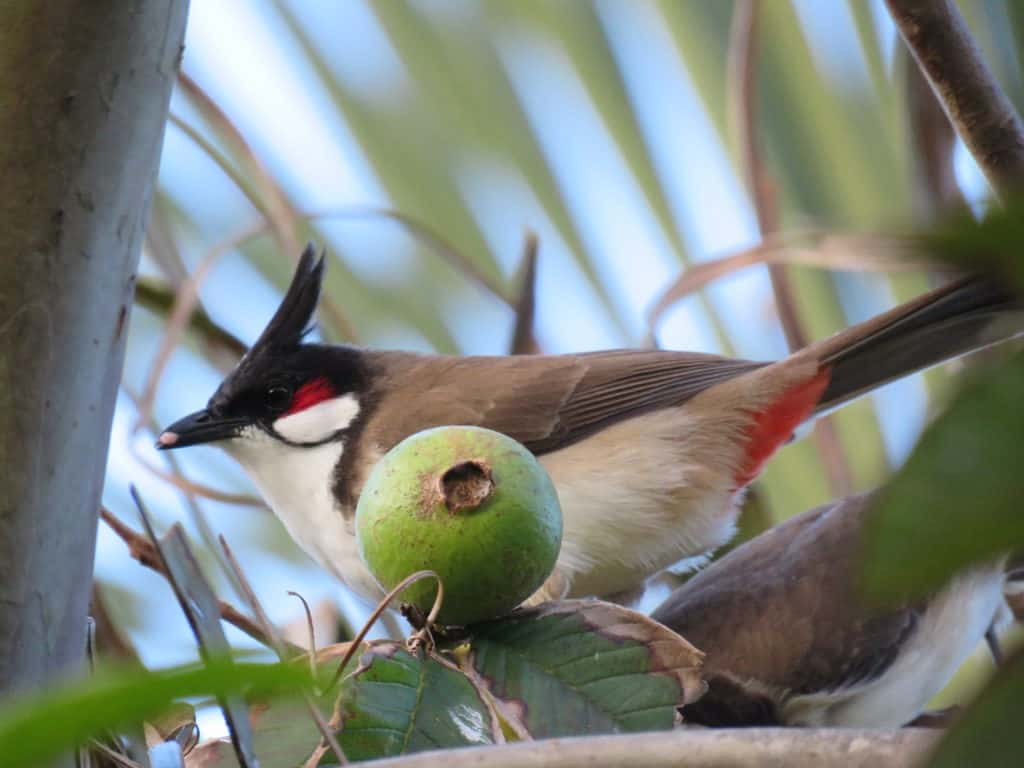British Isles Rainforest Restoration to Begin on Isle of Man and in Wales
The Wildlife Trusts are launching a £38 million scheme to restore rainforests in the British Isles, with the first sites being the Isle of Man's Creg y Cowin and Bryn Ifan near Wales' Llyn Peninsula. The project aims to plant native trees and regenerate natural areas, providing vital habitats, carbon storage, and climate change adaptation while benefiting local communities and wildlife.
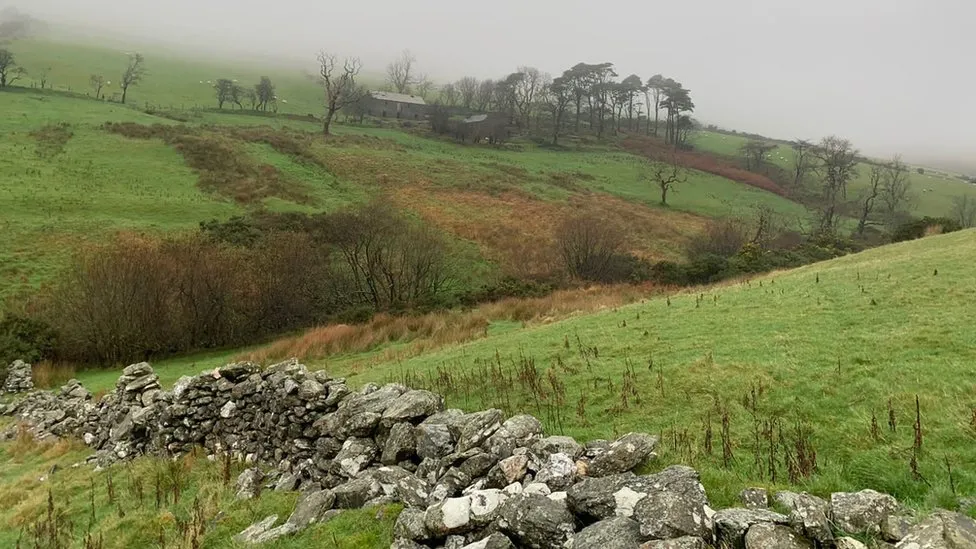
Two sites have been named as the first places to benefit from a £38m scheme aimed at increasing rainforests in the British Isles.
The Wildlife Trusts (WT) said its Atlantic rainforest recovery programme hoped to restore the ecosystems, which now cover less than 1% of the islands.
The Isle of Man's Creg y Cowin and Bryn Ifan near Wales' Llyn Peninsula will be the first sites worked on by the WT.
WT's Rob Stoneman said the areas would provide vital habitat and store carbon.
The organisation said rainforests were defined as areas of tall trees that attract a high and consistent level of annual rainfall.
It said native tree species would be planted on 70 acres (28 hectares) at the Manx site at East Baldwin, with a further 20 acres (8 hectares) being left to regenerate naturally.
It said it hoped the area, which was currently being used as agricultural land, would eventually see the return of birds such as wood warblers, pied flycatchers and redstarts.
Manx Wildlife Trust's Leigh Morris said the remnants of ancient woodland on the island were "crucially important" and it was "fantastic" the island would now be in "the vanguard of bringing temperate rainforests back on a big scale".
Across the Irish Sea, North Wales Wildlife Trust will work to establish more than 100 acres (40 hectares) of rainforest on the coastal slopes of Bwlch Mawr through native planting and natural regeneration.
The WT said the resulting improvement of wetlands nearby was expected to help rare species such as the marsh fritillary butterfly.
Mr Stoneman said the sites would "provide vital habitat for wildlife in a time of nature crisis, store vast amounts of carbon, and benefit local communities for generations to come".
"Restoring this gorgeous habitat will also allow adaptation to climate change, reduce threats from extreme heat, flood and drought, and enable local people to reap the benefits," he added.
What is Your Reaction?
 Like
0
Like
0
 Dislike
0
Dislike
0
 Love
0
Love
0
 Funny
0
Funny
0
 Angry
0
Angry
0
 Sad
0
Sad
0
 Wow
0
Wow
0

